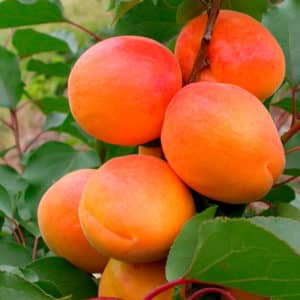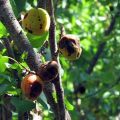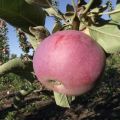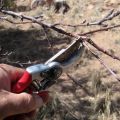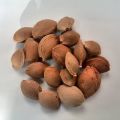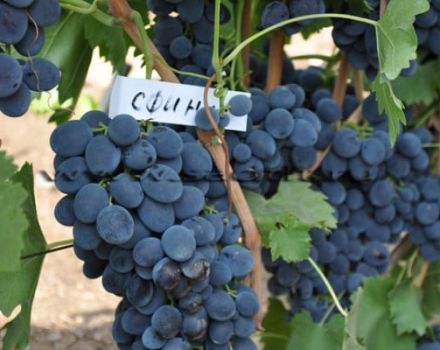Description and characteristics of the Favorite apricot variety, history and features of cultivation
Apricot fruits are a storehouse of vitamins, not so long ago only the population of the southern regions could use them, now new varieties are cultivated in many regions with a changeable cool climate. The most suitable variety for Central Russia and quite young is an apricot called Favorit, which has quality characteristics and high nutritional value.
The history of the origin of the variety
The right to own the bred Favorit variety belongs to the Main Botanical Garden, specialist L.A. Kramarenko selected the best seedlings from free pollination of apricot flowers in the 3-4th generation. The variety was bred 18 years ago, after 4 years, in 2004 received a registration number and was entered in the State Register of Breeding Achievements.
Description
A full description of the apricot Favorit was made in 2004 by the originator of the cultivated variety. It is recommended for industrial cultivation and planting in individual gardens. Its fruits are consumed fresh, prepared from them fruit drink, jam, jam, juice, compote, put in confectionery and dried apricots. The winter hardiness of the variety is average, the roots can withstand up to - 25 ° C.
The Favorite variety blooms in the second half of May, the fruits ripen by the end of August, in the month of September.
Fruiting occurs in the 3-5th year, a possible period of up to 40 years. The apricot is self-fertile, but it is better to plant nearby other pollinating varieties Tsarsky, Monastyrsky, Lel.Favorita fruits can be stored in special refrigerators or in well-ventilated rooms with a temperature of +8 ° C for up to 1 month.
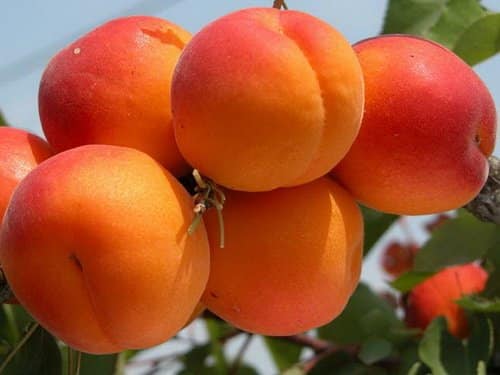
Advantages and disadvantages of the variety
Benefits of the Favorite variety:
- good transportability;
- long shelf life of fruits;
- beautiful presentation;
- self-fertile, flowers are bisexual;
- early maturity in the 3-5th year;
- kidneys are resistant to short-term frost.
Disadvantages of apricot:
- late ripening, under adverse weather conditions does not have time to ripen;
- average yield 13 c / ha;
- the tree requires formative pruning;
- the taste of fruits directly depends on weather conditions.

Characteristics of the tree and fruit
The apricot tree of the Favorit variety is medium-sized from 2.5 to 4 m, the vigor of growth is moderate. Branched annual shoots. All branches bear fruit, regardless of age.
Fruits weighing from 30 to 40 g, large, the skin is dense, soft, pubescent with shine, orange color with blush on the sides.The pulp is sweet, juicy, orange. Tasting assessment of taste is high, 4.5-5 points. The stone is rounded flattened, with a distinct rib, medium size, up to 8% of the fruit, well separated, the core is sweet with bitterness.
Landing rules
To get a good harvest and preserve the tree for many years, you need to adhere to the basic rules when planting and caring for the Favorite apricot.
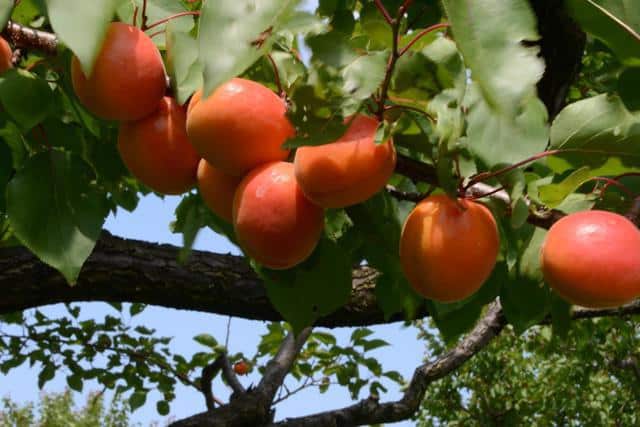
Dates and place of landing
Planted in central Russia in spring in April and in autumn in September. During planting in spring and autumn, there should be no short-term frosts. The landing site should be on the south or southeast side of the site, without drafts, the site is well lit.
Planting is carried out 2-3 m from buildings and a fence, other fruit trees.
Sapling selection
The purchased seedling must be planted within 1-2 days, especially if the root system is open. The seedling should be healthy, without damage, rot, with flexible branched branches and roots, 1-2 years. Better to buy in special nurseries with a closed root system.
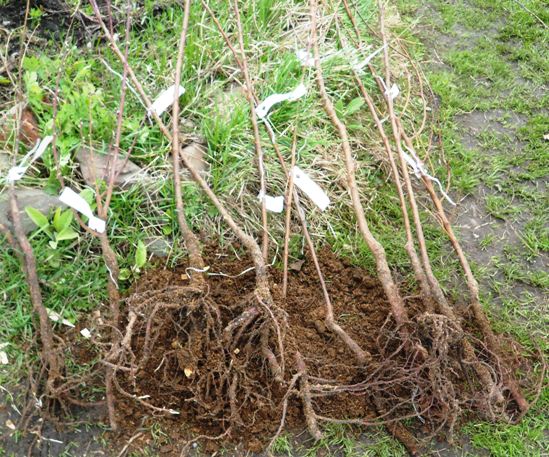
Site preparation for planting
The site is prepared for planting in 1-2 weeks, a hole is dug 70 cm deep to a depth of 80 wide, a drainage layer of broken brick, expanded clay or small stones is laid on the bottom, a layer of sand is poured on top. The excavated soil is mixed with peat, sand, lime, organic fertilizers, sawdust and wood ash, thereby enriching the soil.
Planting process
1/3 of the mixed soil is poured into the prepared hole in the form of a mound, on which the seedling is placed and the roots are straightened, near it you need to dig in a strong support so as not to damage the roots. Sprinkle the second part of the soil mixture on top. A root circle is made from the third part. The root collar should protrude 3-5 cm above ground level.

Care features
Like any other variety, Apricot Favorite requires minimal maintenance in accordance with its characteristics.
Pruning
Pruning for the Favorite is very important, since the crown of the tree is spreading, young branches branch strongly, so they need to be thinned out so that the middle is well ventilated. Sanitary pruning is carried out in spring, autumn, sometimes in summer, in case of diseases or mechanical damage to the branches. Forming is best done in early spring before sap flow begins.
Watering
The norm for a tree 5 years old is 15 liters 1 time in 10 days, watering is especially important during flowering and berry formation. Stop watering 2 weeks before the berries ripen and frost.
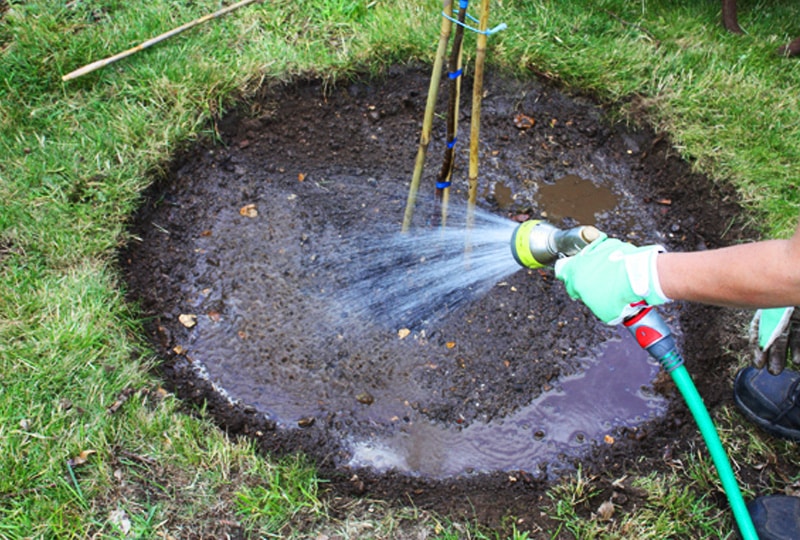
Top dressing
Apricot is fertilized 2-3 times per season, in the spring you need to fertilize with urea or preparations containing potassium, nitrogen, calcium. Complex fertilizers are applied in summer and autumn.
Preparing for winter
The Favorite variety has an average resistance to frost, therefore it is necessary to spud the tree, cover the trunk circle with straw or spruce branches.
Pests and measures to control them
Most often the tree can be damaged by aphids, weevils, beetles, so in the spring and autumn it is necessary to carry out preventive spraying against pests: "Fufanon", "Fosfamid", "Inta-Vir", "Aktellik". In the fall, the fallen leaves around the tree are removed, the soil is treated with an insecticide. In the spring, you need to dig the soil around, apply fertilizer and spray the blossoming leaves for prevention.

